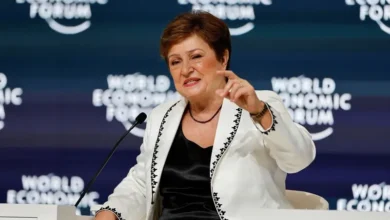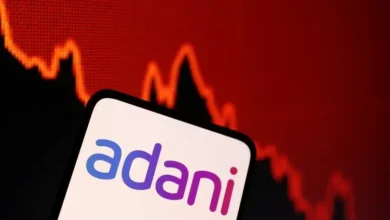Brisk trading of Middle East oil may move more US flows to Asia

A surge in activity in a key Middle Eastern oil trading window is affecting the cost of the region’s crude against global benchmarks, a factor that’s impacting the viability of long-haul shipments from the US to Asia.
Heavy trading for Dubai oil, a proxy for other regional grades, has lifted its premium to West Texas Intermediate to its highest since late March, according to data compiled by Bloomberg.
Across the Middle East, barrels sold by Persian Gulf producers such as Saudi Arabia have been seen as pricey after the OPEC+ producer hiked prices, and shipping rates to Asia climbed.
The Dubai price is currently benefiting from increased trading of partials — or smaller lots that can be accumulated and converted into physical cargoes — in the window run by S&P Global Commodity Insights, better known by traders as Platts.
Dubai swaps were $3.65 a barrel above US benchmark West Texas Intermediate futures as of 4:30pm in Singapore on Wednesday, according to data compiled by Bloomberg. In recent weeks, that spread has usually been smaller than $3 a barrel.
Traders say the price of US West Texas Intermediate Midland crude to the Far East is competitive to Middle Eastern barrels such as Abu Dhabi’s flagship Murban, both in the range of $3-$4 a barrel premium to Dubai on delivered basis.
The final delivered cost of cargoes, however, is prone to fluctuations in Dubai’s strength versus WTI, freight as well as cargo differentials, thus affecting the arbitrage.
So far this month, two South Korean refiners have purchased around 8 million barrels of US oil, including WTI Midland crude, and there’s room to increase purchases although rising freight may factor into those decisions, according to traders.
Buyers may also be hesitant to switch to US crude because of the possibility of disruptions to supply due to the start of the hurricane season in the Atlantic, traders said.











